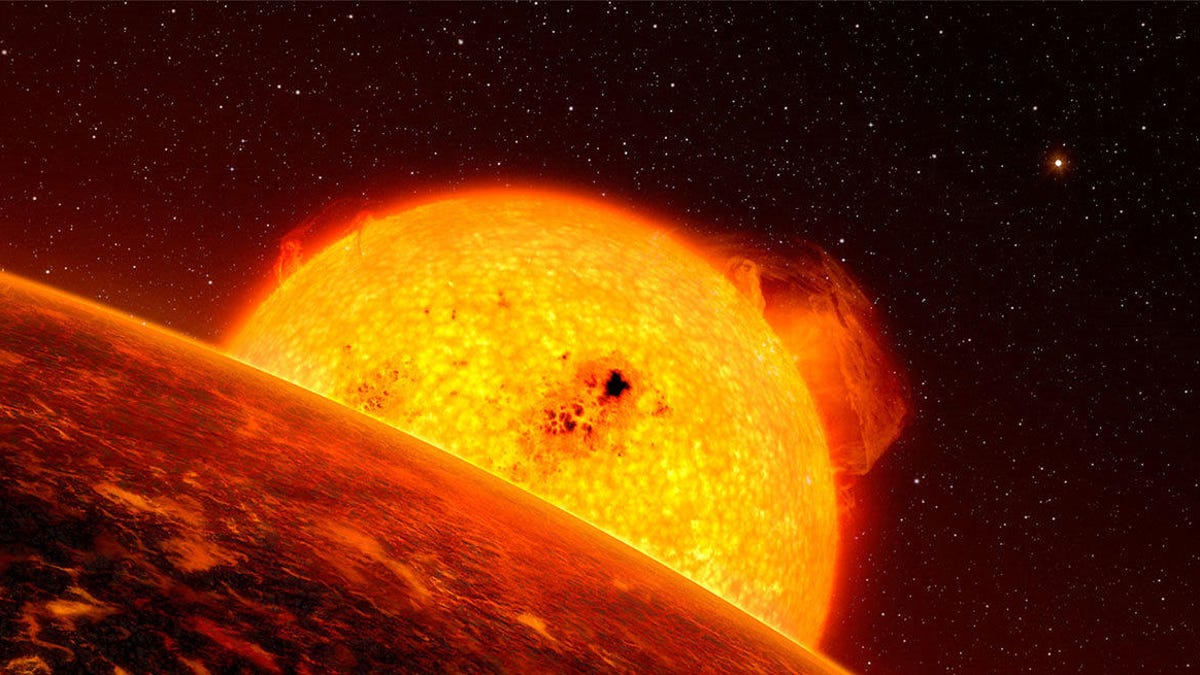Scientists' glimpse of a dying star shows how Earth will be destroyed
Astronomers get a rare look at the final phase of stellar life that will eventually come for our own sun.

The sun will eventually swell into a red giant and fry everything we know.
One day, the sun is going to burn everything on Earth to a crisp. It's a disturbing but inevitable reality that won't happen until everything we know is already gone, but astronomers have recently had the rare opportunity to glimpse this dark future.
An international team of scientists has observed a rare convulsion of the star T Ursae Minoris (T UMi), which is similar to our sun but older and in the red giant phase near the end of its life.
"This has been one of the rare opportunities when the signs of aging could be directly observed in a star over human timescales," said Meridith Joyce, an astronomer based at The Australian National University (ANU), in a release.
The study, which Joyce co-led with astronomers from Hungary, has been published in the Astrophysical Journal.
Joyce explains that T UMi and our sun are expected to end in a kind of bloated belch rather than a supernova explosion. Billions of years from now, the sun will grow into a red giant like T UMi is now. It then will expand into a glowing shell of gas, leaving behind a small dim star as its stellar corpse.
"It will become much bigger as it approaches death – eating Venus, Mercury and possibly the Earth in the process – before shrinking to become a white dwarf," she said.
T UMi is 3,000 light-years away and has been going through a series of pulses for the past few million years as part of its transition from red giant to white dwarf.
"These pulses cause drastic, rapid changes in the size and brightness of the star, which are detectable over centuries," Joyce explains, adding that the star has become measurably smaller, dimmer and cooler in the past three decades. "We believe the star is entering one of its last remaining pulses, and we'd expect to see it expanding again in our lifetimes."
It's not quite as dramatic as a supernova explosion, but it's nonetheless interesting to witness an ending that will eventually befall our own home. Unless, of course, we manage to all upload ourselves to the cloud and ship the servers to Alpha Centauri or somewhere else in the galaxy.

